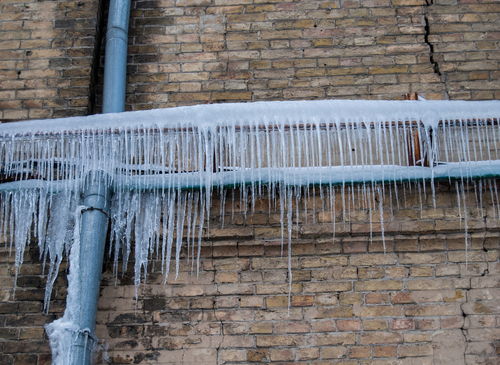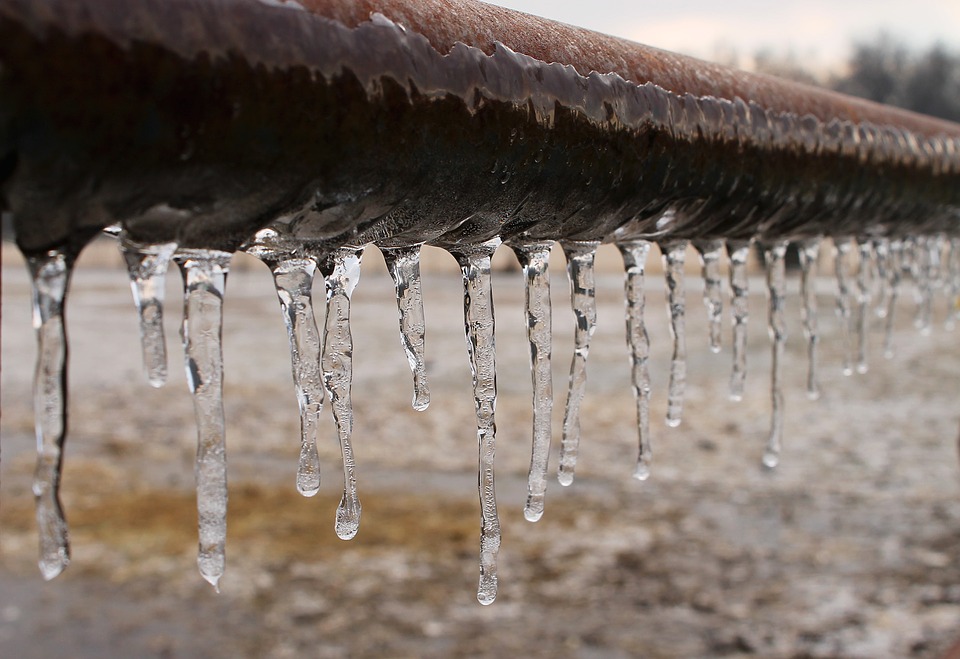Protecting Against Frozen Plumbing in Winter: Essential Strategies
Protecting Against Frozen Plumbing in Winter: Essential Strategies
Blog Article
What're your thoughts on 6 Ways to Prevent Frozen Pipes?

Cold weather can damage your pipes, especially by freezing pipelines. Here's just how to stop it from occurring and what to do if it does.
Introduction
As temperatures decline, the risk of icy pipes increases, potentially bring about pricey fixings and water damages. Comprehending exactly how to stop icy pipes is vital for property owners in cold climates.
Prevention Tips
Shielding vulnerable pipes
Cover pipes in insulation sleeves or utilize warmth tape to shield them from freezing temperature levels. Concentrate on pipelines in unheated or outside locations of the home.
Home heating techniques
Maintain interior areas adequately heated up, especially locations with plumbing. Open cupboard doors to allow warm air to circulate around pipes under sinks.
Exactly how to determine icy pipes
Seek reduced water flow from taps, unusual smells or noises from pipes, and noticeable frost on exposed pipes.
Long-Term Solutions
Architectural changes
Think about rerouting pipes far from outside wall surfaces or unheated areas. Add extra insulation to attics, cellars, and crawl spaces.
Upgrading insulation
Buy high-quality insulation for pipelines, attics, and walls. Proper insulation helps keep constant temperature levels and minimizes the danger of frozen pipelines.
Shielding Exterior Pipes
Garden hose pipes and outdoor faucets
Detach and drain yard pipes prior to winter months. Set up frost-proof spigots or cover exterior taps with shielded caps.
Comprehending Frozen Pipelines
What triggers pipelines to freeze?
Pipes ice up when exposed to temperature levels listed below 32 ° F (0 ° C) for expanded periods. As water inside the pipelines freezes, it expands, taxing the pipe wall surfaces and potentially triggering them to break.
Dangers and problems
Icy pipes can bring about supply of water interruptions, home damages, and pricey repair work. Ruptured pipelines can flooding homes and cause comprehensive architectural damages.
Indicators of Frozen Piping
Determining icy pipelines early can avoid them from rupturing.
What to Do If Your Pipelines Freeze
Immediate activities to take
If you believe icy pipelines, maintain taps open up to alleviate stress as the ice thaws. Make use of a hairdryer or towels taken in warm water to thaw pipelines slowly.
Final thought
Avoiding frozen pipelines calls for positive actions and quick responses. By understanding the reasons, indicators, and safety nets, house owners can safeguard their pipes throughout cold weather.
5 Ways to Prevent Frozen Pipes
Drain Outdoor Faucets and Disconnect Hoses
First, close the shut-off valve that controls the flow of water in the pipe to your outdoor faucet. Then, head outside to disconnect and drain your hose and open the outdoor faucet to allow the water to completely drain out of the line. Turn off the faucet when done. Finally, head back to the shut-off valve and drain the remaining water inside the pipe into a bucket or container. Additionally, if you have a home irrigation system, you should consider hiring an expert to clear the system of water each year.
Insulate Pipes
One of the best and most cost-effective methods for preventing frozen water pipes is to wrap your pipes with insulation. This is especially important for areas in your home that aren’t exposed to heat, such as an attic. We suggest using foam sleeves, which can typically be found at your local hardware store.
Keep Heat Running at 65
Your pipes are located inside your walls, and the temperature there is much colder than the rest of the house. To prevent your pipes from freezing, The Insurance Information Institute suggests that you keep your home heated to at least 65 degrees, even when traveling. You may want to invest in smart devices that can keep an eye on the temperature in your home while you’re away.
Leave Water Dripping
Moving water — even a small trickle — can prevent ice from forming inside your pipes. When freezing temps are imminent, start a drip of water from all faucets that serve exposed pipes. Leaving a few faucets running will also help relieve pressure inside the pipes and help prevent a rupture if the water inside freezes.
Open Cupboard Doors
Warm your kitchen and bathroom pipes by opening cupboards and vanities. You should also leave your interior doors ajar to help warm air circulate evenly throughout your home.

We hope you liked our post on Prevent Frozen Pipes . Thanks for taking the time to read our piece. Be sure to pause to distribute this page if you appreciated it. I treasure your readership.
Book Today Report this page